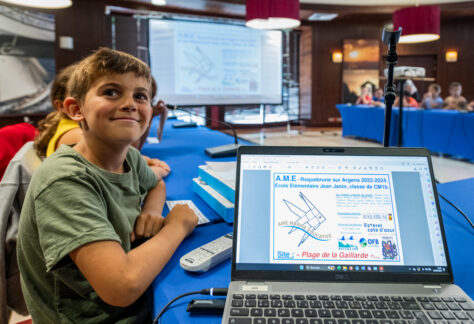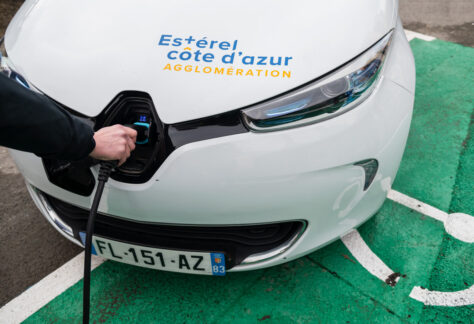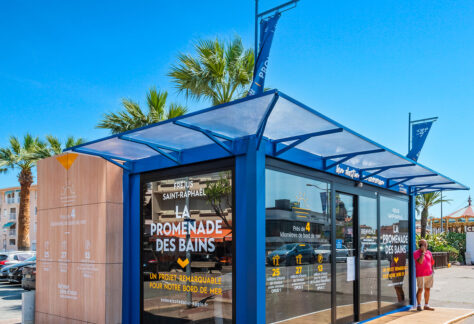- L’agglo-
- Vivre et habiter+
- Transports et Mobilité+
- Déchets+
- Habitat+
- Hygiène et Santé+
- Santé Vaccination et Prévention+
- Solidarités+
- Projet Alimentaire Territorial
- Politique de la ville
- Déploiement de la fibre
- Transports et Mobilité
- Préserver et aménager+
- Entreprendre et former+
- Sortir et découvrir+












